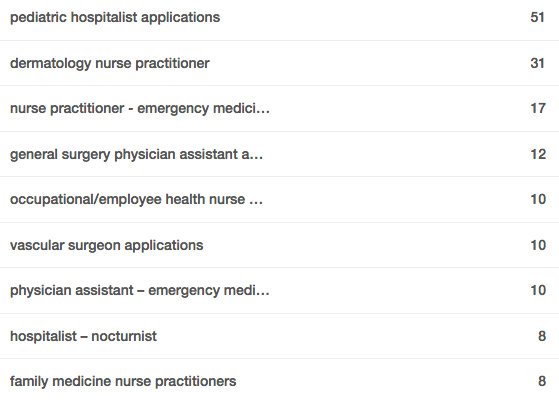We live in an age where analytics and big data reign supreme, which is why many of our clients choose to utilize platforms like Google Analytics or inbound marketing software to track metrics. However, the issue of Direct Traffic is one of those things that can throw those metrics out of whack.
The fact is Direct Traffic is traffic that we don’t know exactly how to categorize. Search Engine Land states, “when they don’t report where they were in the Hypertext Transfer Protocol (HTTP) referrer header, often the traffic is considered ‘Direct’ — which really means, ‘we have no clue where they came from, maybe they typed the URL in or hit a bookmark.’”
However, even though it is difficult to 100% prove a source, that doesn’t mean that we don’t know what that traffic is made up of. According to Megalytic, it can be made up of any of the following:
- Clicking links within emails
- Clicking links within Microsoft Office or PDFs
- Clicking over to a site via certain types of URL shorteners
- Clicking a link within mobile social applications
- Clicking from an http to an https type of site
- Finding a site through Organic search by using certain browser types
Given that in the recruitment marketing world we send out e-blasts, create interactive PDFs, post socially with shortened URLs, use mobile social networks, and try different types of sites and browsers, it's easy see why Direct Traffic can be a complex issue. All of these reasons for Direct Traffic have research behind them and we encourage you to learn more about them here.
According to Search Engine Land here are some facts that further explain why your Organic Traffic might be masquerading as Direct:
- “About 10-20% of Firefox, Chrome and Safari desktop traffic reported as Direct is actually Organic.”
- “In general, mobile browsers are less likely to report their referrals from Organic search accurately.”
- “Desktop browsers generally report their Organic search referrals better, except for IE where about 75% of Direct traffic from IE to long URLs is actually attributable to Organic search from Google.”
So what does this mean for inbound recruitment marketing professionals such as ourselves who are interested in providing clients with the best service? It simply means we have to do more digging. One way that we’ve found to prove the effectiveness of an inbound marketing strategy for recruitment is via the social section of the Sources report in our Hubspot portals. Our strategy for jobs has been to create individual Campaigns for each position our clients have available. This allows us a detailed view of when a potential candidate views the page. The picture below illustrates that point: 
As you can see from the screenshot above, after reviewing this data, we can ascertain that 52 potential candidates viewed the Pediatric Hospitalist position during a certain time frame. While they may not have applied at that moment, if many applies come in for that position and other advertising options aren’t being used, we can make an educated guess that their inbound recruitment marketing strategy is working.
When it comes right down to it, inbound marketing for recruitment works and when you think about it, direct traffic is actually proof.
--
Would you like to read more articles like this? If so, please subscribe to our blogs.











